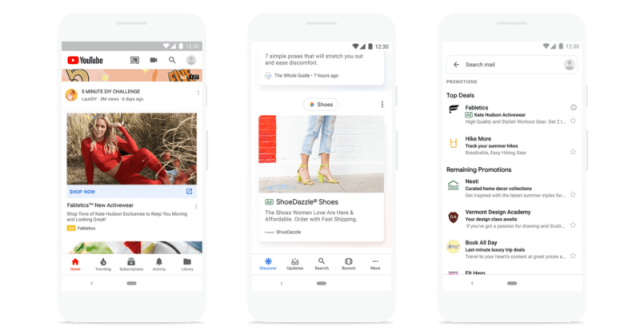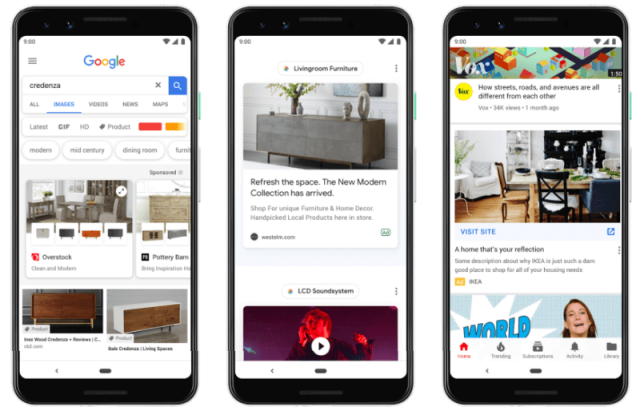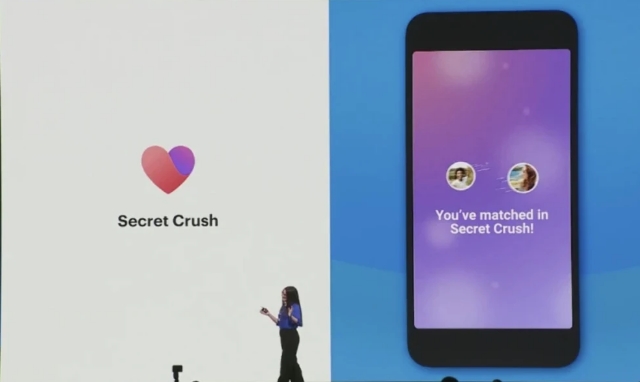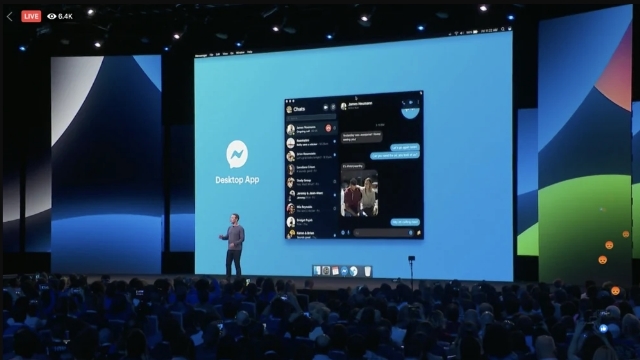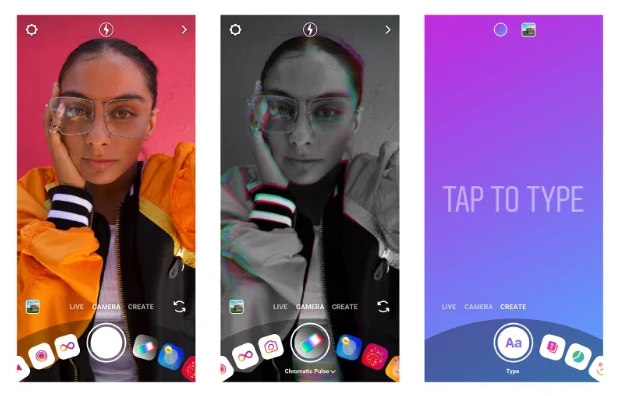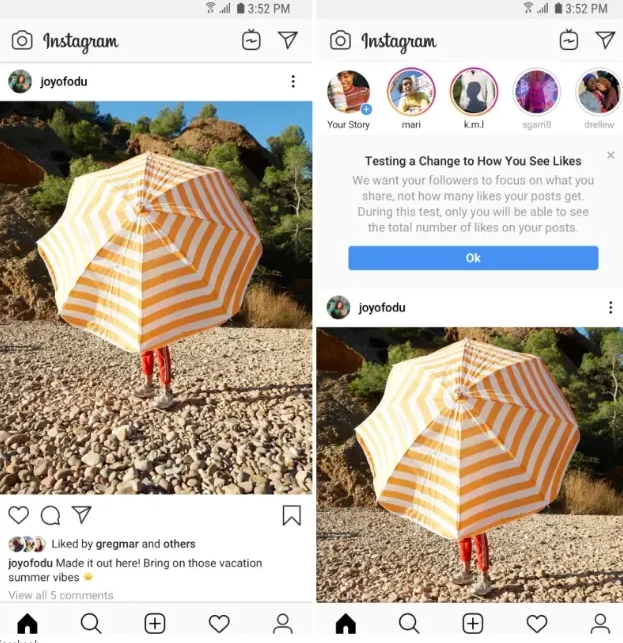This week, Google announced it will begin adding new websites to its mobile-first index by default beginning July 1. However, older sites that have yet to be added to the mobile-first index will still be exempt until they are updated to be mobile-friendly.
In the announcement, Google explained that “mobile-first indexing will be enabled by default for all new, previously unknown to Google Search, websites starting July 1, 2019. It’s fantastic to see that new websites are now generally showing users – and search engines – the same content on both mobile and desktop devices.”
While new sites will be moved to the mobile-first index, older sites which have not been added will not be migrated over yet.
“For older websites, we’ll continue monitoring and evaluating pages for their readiness for mobile first indexing and will notify them through Search Console once they’re seen as being ready,” as the announcement said.
No Notifications
Google has been notifying site owners when their site has been migrated to the mobile-first index through Search Console notifications. However, this will not be the case for new sites that are added to the index by default.
“Since the default state for new websites will be mobile-first indexing, there’s no need to send a notification,” Google stated.
What is the mobile-first index?
Google’s mobile-first index is the search engines primary way of cataloging sites across the internet. Launched a few years ago, the mobile-first index analyses the mobile version of a page first and uses that information to rank web pages. Although it started small, the index has become Google’s primary search engine index with more than 50% of what is indexed by Google being added to the mobile-first index.
The news adds even more motivation to new site creators and business owners to ensure they provide a smooth experience with the same content on both desktop and mobile when the site is launched. Not only will many of your customers likely visit your site through mobile devices, but how mobile-friendly your site is will directly affect your search engine ranking.

